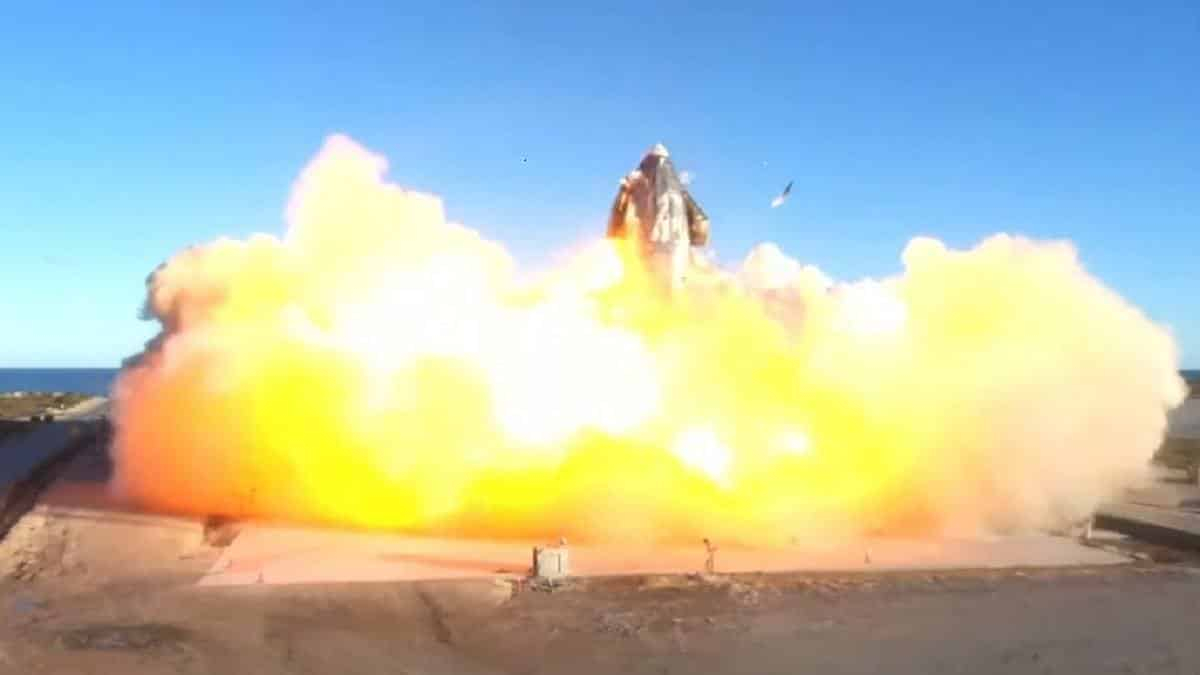SpaceX Starship Prototype Crashes In Landing But Company Calls it ‘AWESOME TEST’

A prototype of the SpaceX rocket Starship crashed in a fiery explosion during a test launch along the Texas coast on Wednesday. The Starship is the rocket that the company hopes will become its go-to for the Mars missions but although the test launch started off well, it ended up in a fireball crash seconds before the landing of the spacecraft.
However, the company line was upbeat as a livestream of the launch displayed the on-screen message “AWESOME TEST. CONGRATS STARSHIP TEAM!”
Minutes into the flight SpaceX founder Elon Musk tweeted, “Mars, here we come!!” and continued to explain that a too-fast landing speed was to blame for the crash. The test launch took off and the spacecraft ascended properly in a straight line, before one and then another of its engines gave out. After 4 minutes and 45 seconds of flight, its third engine died and the rocket began its descent in its expected position.
The engines were restarted just seconds before landing in an effort to slow the ship, but it ended up crashing into the landing site. Nevertheless, “We got all the data we needed! Congrats SpaceX team,” Elon Musk tweeted.
In the weeks leading up to the launch, smaller prototypes have blasted off several hundred yards (meters) into the air for less than a minute as part of a series of tests aimed at developing the next generation of rockets from the company at lightning speed.
After several aborted attempts this week, the flight was livestreamed on the @SpaceX Twitter account. The aim of the test flight was to check the huge metal body of SN8 (Starship number 8) and its three engines for their aerodynamism, including during the ship’s return to the the landing area which happens vertically.
Construction on SN9, the next prototype, is already almost finished. The location of the test flights are set in a nearly deserted part of southern Texas on the Gulf of Mexico near the US-Mexican border, an area empty enough that any flight malfunction would be unlikely to cause physical or property damage.


